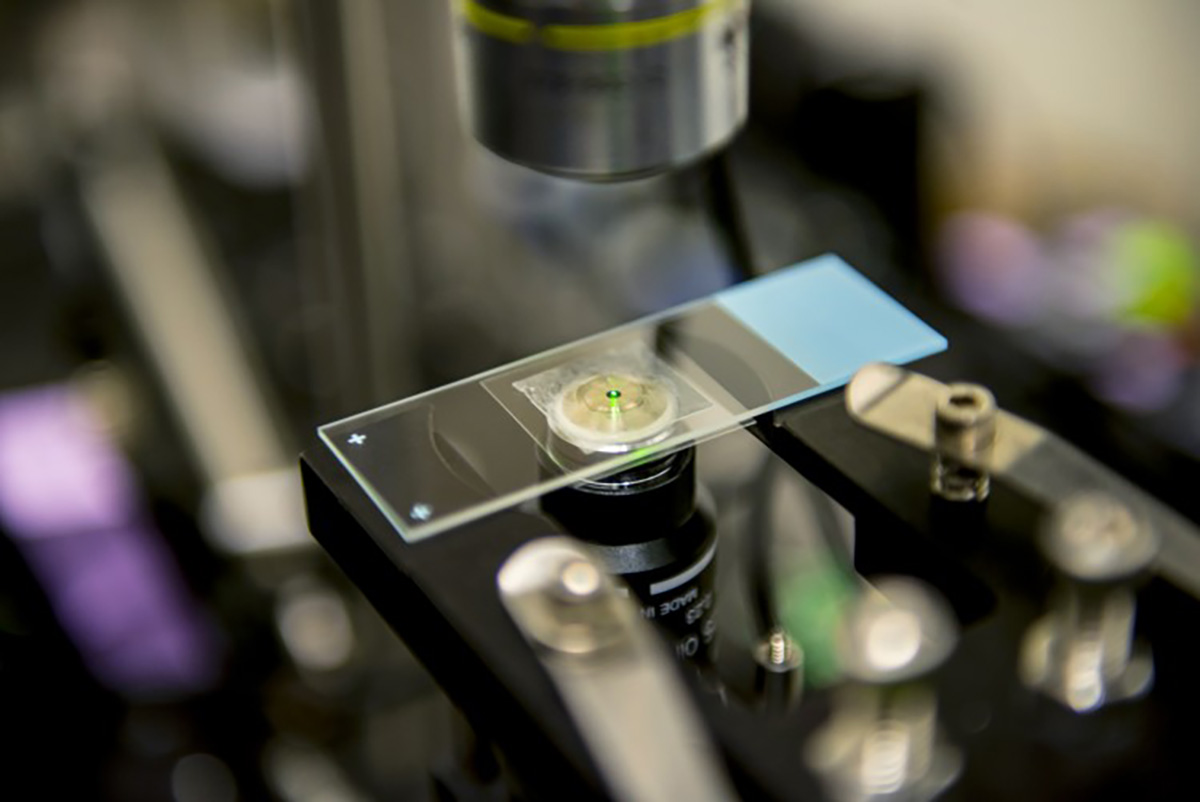
Solar cells are becoming more viable sources of energy -- and as they become more efficient, they're only getting smaller and cheaper to produce. Liquid nanocrystal cells are traditionally inefficient at converting sunlight into electricity, but by adding a synthetic ligand to help transmit currents, researchers at USC have improved their effectiveness. The advantage of these liquid solar cells? They're cheaper than single-crystal silicon wafer solutions, and they're also a shockingly minuscule four nanometers in size, meaning more than 250 billion could fit on the head of a pin. Moreover, they can be printed onto surfaces -- even plastic -- without melting. Ultimately, the goal of this research is to pave the way for ultra-flexible solar panels. However, the scientists are still experimenting with materials for constructing the nanocrystals, since the semiconductor cadmium selenide they've used thus far is too toxic for commercial use.
USC develops printable liquid solar cells for flexible, low-cost panels originally appeared on Engadget on Fri, 27 Apr 2012 13:21:00 EDT. Please see our terms for use of feeds.
Permalink |
 USC
USC |
Email this |
Comments
 Today on In Case You Missed It: University of Melbourne researchers studying non-sized crystals (that might one day be used to store greenhouse gases) needed to know what the nanoparticles would do in low-gravity, so they jumped off a plane while...
Today on In Case You Missed It: University of Melbourne researchers studying non-sized crystals (that might one day be used to store greenhouse gases) needed to know what the nanoparticles would do in low-gravity, so they jumped off a plane while...
 Today on In Case You Missed It: University of Melbourne researchers studying non-sized crystals (that might one day be used to store greenhouse gases) needed to know what the nanoparticles would do in low-gravity, so they jumped off a plane while...
Today on In Case You Missed It: University of Melbourne researchers studying non-sized crystals (that might one day be used to store greenhouse gases) needed to know what the nanoparticles would do in low-gravity, so they jumped off a plane while...
 A group of scientists at the University of Washington were able to successfully refrigerate water using an infrared laser. This is a big deal because researchers weren't even sure this was possible as water tends to heat up when illuminated. Howeve...
A group of scientists at the University of Washington were able to successfully refrigerate water using an infrared laser. This is a big deal because researchers weren't even sure this was possible as water tends to heat up when illuminated. Howeve...


